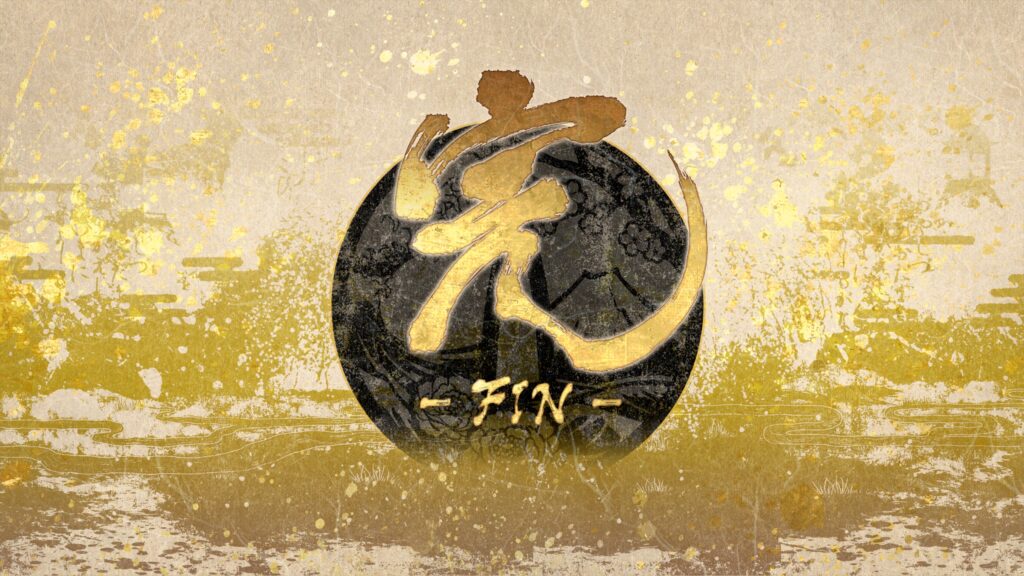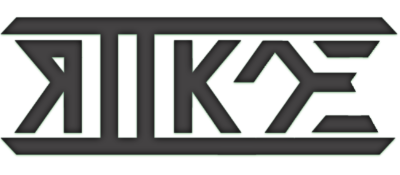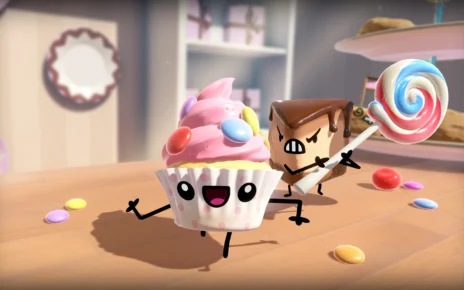“Samurai Shodown sent me to college.”
That’s the snarky shorthand that I use when somebody brings up the long-running Neo Geo fighting series. When I was in high school and touring colleges, one student center had an aged MVS cabinet running Samurai Shodown II tucked into a corner next to the pay phones. (Hey, remember pay phones?)
You can almost see the “Pros & Cons” list scribbed on a napkin. School A has Samurai Shodown. Schools B-F don’t have Samurai Shodown. Therefore, School A wins, and became the foolish institution that ended up stuck with me for for years.
The real story is obviously more complicated than that. For those of you that think I actually chose a school because of an arcade cabinet near the dining hall, I have the following in response:
- The school removed the cabinet halfway through my freshman year. I guess I lose.
- Have you actually played Samurai Shodown?
Samurai Shodown, of course, is the long running weapons-based fighter, born out of Neo Geo’s arcade dominance. It still has the same wacky characters, health bars, and special move mechanics of the era’s 2D fighters, but its armed combat leans more towards Bushido Blade than SoulCalibur. A victory is usually the result of fewer, heavier hits, making the weapons feel less like extensions of the fighter’s body and more like real instruments of destruction that need to be blocked and countered whenever possible.
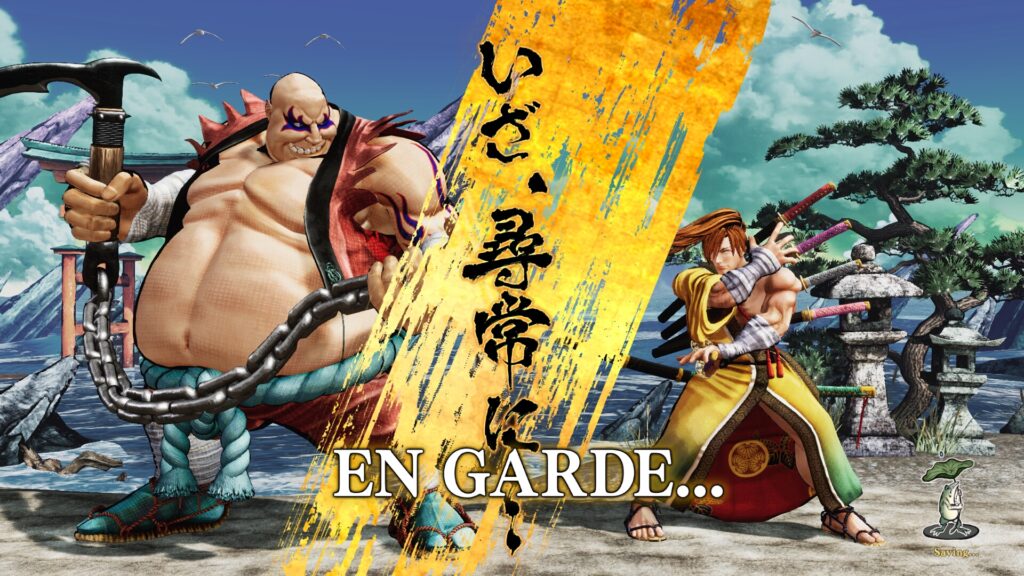
Other than a few tentpole franchises and indie newcomers, fighters have faded far from their arcade-laden glory days, which makes the arrival of this 2019 reboot even more intriguing. A lot has changed. Like many major league brawlers, much of the roster is locked behind season passes that must be purchased regularly to stay up to date. The game and interface lean heavily into online play, which might explain why the game landed onto Stadia Pro so quickly. That could also be why the game feels light with game modes, unlockables, and options that enable extended play.
The first thing you notice upon booting the game is the art style. Clearly inspired by Street Fighter IV‘s “painted on” appearance, Shodown’s characters are bright, colorful, and clean. Dark lines call back to the series’ sprite-based roots like a modern interpretation of cel shading. The animations are hypnotic. Like the early titles, character models freeze at the point of impact, further accentuating the strength of each weapon and making each match feel plucked from a dramatic anime scene. Unleash a once-per-battle special move, and the Street Fighter influence returns, with close-up camera angles and smooth animation illustrating the chaos being wrought.
It looks fantastic, but it doesn’t do Stadia any favors. A fighting game fanatic would boot the game up searching for evidence of the platform’s remote roots. While Shodown is every bit as performant as other Stadia titles (for better or worse), the stickiness of each attack makes it feel like things could be more responsive.
Also calling back to the franchise roots, the Samurai Shodown soundtrack does not shy away from minimalist tunes that call back to feudal Japan. Entire segments of music may feature nothing but a few notes from a shakuhachi or koto. This is more common in the home stages for more samurai-adjacent fighters. Other characters yield a more varied score, with the final boss getting the expected epic “world is ending” climactic banger.
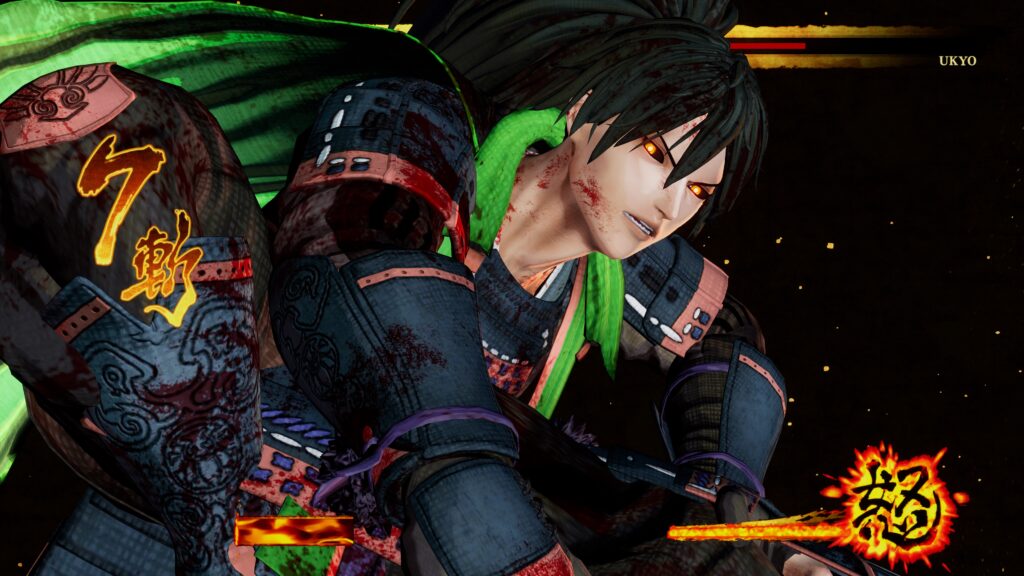
Let’s talk about that final boss for a moment.
This playthrough – as part of my “Stadia Farewell Tour” of sorts – was actually my second time playing through the game, the first being back in 2019 as one of my first times experimenting with the platform. The game’s weapon based combat and big battle swings elicit equally big swings in the difficulty curve – a cakewalk opponent may follow one that warrants throwing a controller – but nothing compares to the final boss. With multiple stances, tons of powerful projectiles, and even a dirty trick or two up their sleeve (I recommend blocking at the start of Round 2…), she’s the perfect culmination of a game that’s all about making every attack count. She’s also a frustrating nightmare.
The first time I faced her, I had to give up completely. After learning the harsh reality that (a) you can’t resume your progress through Story Mode, and (b) Stadia – despite being the cloud gaming wunderkind – didn’t have any sort of resume or save state functionality (at the time), I started from scratch with Yashamaru and eventually took the demon mistress down after nearly an hour of attempts. My timing was frequently off, making it difficult to find a productive opening during her barrage of projectile attacks.
That was three years ago, though. This time around, I picked up Shizumaru, who had been released previously as a free bonus character. Armed with an umbrella – the most deadly and dangerous of all weapons, except for maybe, a shovel – and after reducing the difficulty by a single point, I felled the final boss with only a fraction of my former humiliation… though it still took multiple frustrating attempts.
Fun fact: if you reduce the difficulty all the way down to “1”, your opponent doesn’t seem to attack you. They’ll run back within striking distance after each knockdown, as if to say, “Thank you, sir, may I have another?”
With Stadia taking its final bow, I sit here debating whether or not to re-add it to my collection on a different platform; most likely Steam, as the game is already Verified for the Steam Deck. Despite being nearly four years old now, Shodown has proven somewhat resistant to deep discounts. DLC characters inflate the price further.
That’s a hefty toll for a modern fighter that’s light on content, but how many other games offer not one but two ways to beat the snot out of your foe with an umbrella?
